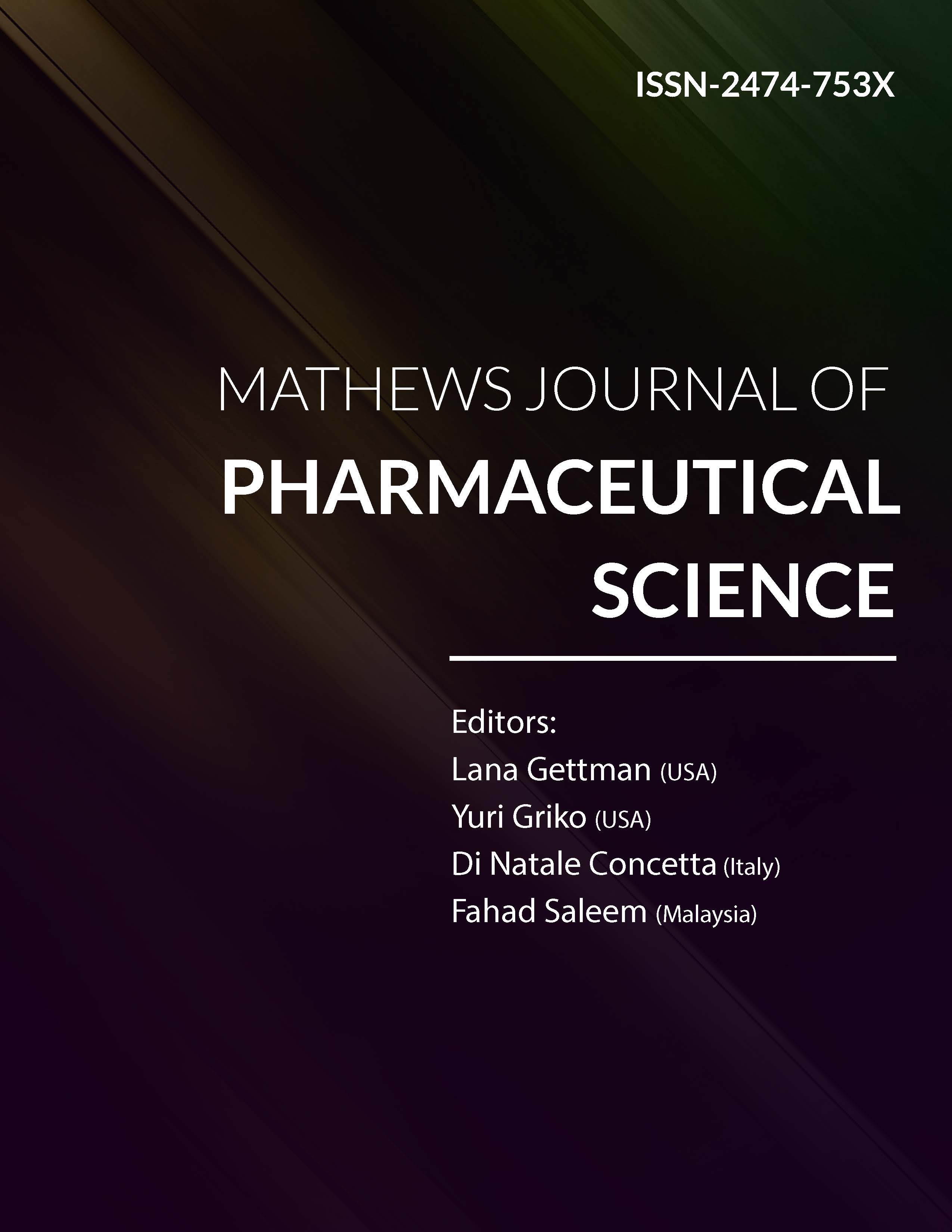
Information Links
Previous Issues Volume 6, Issue 1 - 2022
The Resveratrol Oligomers Cis- and Trans-gnetin H Inhibit Human Cancer Cells by Induction of Apoptosis and Oxidative Stress
Ghaida Alsaif1*, Nadin Almosnid2,3, Chunnian He4, Elliot Altman5, Ying Gao5,6
1 Department of Medical Laboratory Sciences, College of Applied Medical Science, University of Ha’il, Hail 55476, Saudi Arabia; [email protected] (G.A)
2 Department of Basic science, King Abdullah International Medical Research Center, Riyadh, Saudia Arabia; mosnidn@ksau-hs.edu.sa (M.A)
3 King Saud bin Abdulaziz University for Health Sciences, Riyadh 11671, Saudi Arabia; mosnidn@ksau-hs.edu.sa (M.A)
4 Institute of Medicinal Plant Development, Chinese Academy of Medical Sciences, No. 151 Malianwa North Road, Haidian District, Beijing 100193, PR China; (C.H)
5 Department of Biology and the Tennessee Center for Botanical Medicine Research, Middle Tennessee State University, 1301 East Main St, Murfreesboro, TN 37132, USA; [email protected] (E.A)
6 School of Agriculture, the Tennessee Center for Botanical Medicine Research and the International Ginseng Institute, Middle Tennessee State University, 1301 East Main St, Murfreesboro, TN 37132, USA; [email protected] (Y.G)
*Corresponding author: Dr. Ghaida Alsaif, Department of Medical Laboratory Sciences, College of Applied Medical Science, University of Ha’il, Hail 55476, Saudi Arabia; Email: [email protected], [email protected]; Tel: +(966)555161458.
Received Date: August 13, 2022
Published Date: September 02, 2022
Citation: Alsaif G, et al. (2022). The Resveratrol Oligomers Cis- and Trans-gnetin H Inhibit Human Cancer Cells by Induction of Apoptosis and Oxidative Stress. Mathews J Pharm Sci. 6(1):7.
Copyright: Alsaif G, et al. © (2022).
ABSTRACT
Background: The oligostilbenes cis- and trans-gnetin H were previously studied for their ability to inhibit cancer cell proliferation and induce apoptosis. However, an in-depth understanding of the proteins involved in this process remains poorly understood. Methods: The ability of cis- and trans-gnetin H to act as an antioxidant by scavenging one of the stable free radicals DPPH was tested. We also tested the ability of both compounds to generate oxidative stress through elevating the reactive oxygen species (ROS) resulting in apoptosis using lung cancer cell line A549. Also, immunoassay Enzyme-linked Immunosorbent Assay (ELISA) was performed to test the levels of the major apoptotic proteins using a negative estrogen receptor (ER-) breast cancer cell line MDA-MB-231. Results: Cis- and trans-gnetin H treatment showed a high percentage of the radical scavenging activity =%24 at the lowest concentration 12.5μM (p≤0.0001) and elevated the levels of ROS in A549 to 50%, 45%, respectively (p≤0.001). In addition, cis- and trans-gnetin H induced early apoptosis in A549 cell line to 59% and 38.9%, respectively, at the highest concentration of 25μM compared to the untreated control (p≤0.0001). Results from apoptosis protein array showed certain up-regulated proteins such as Bid, Bad, cytochrome c, FasL, TRAIL1-4 and down regulated proteins such as XIAP, surviving, Hsp60, suggesting inducing apoptosis was facilitated by cross talk between intrinsic and extrinsic pathway through TRAIL pathway. Conclusion: These observations suggested that cis- and trans-gnetin H induces apoptosis in human lung and breast cancer cells in vitro through elevating the levels of oxidative stress and directly affecting the primary regulator of apoptosis proteins.
Keywords: Resveratrol, cis- and trans- gentin H, cancer apoptosis, reactive oxygen species (ROS), oxidative stress.